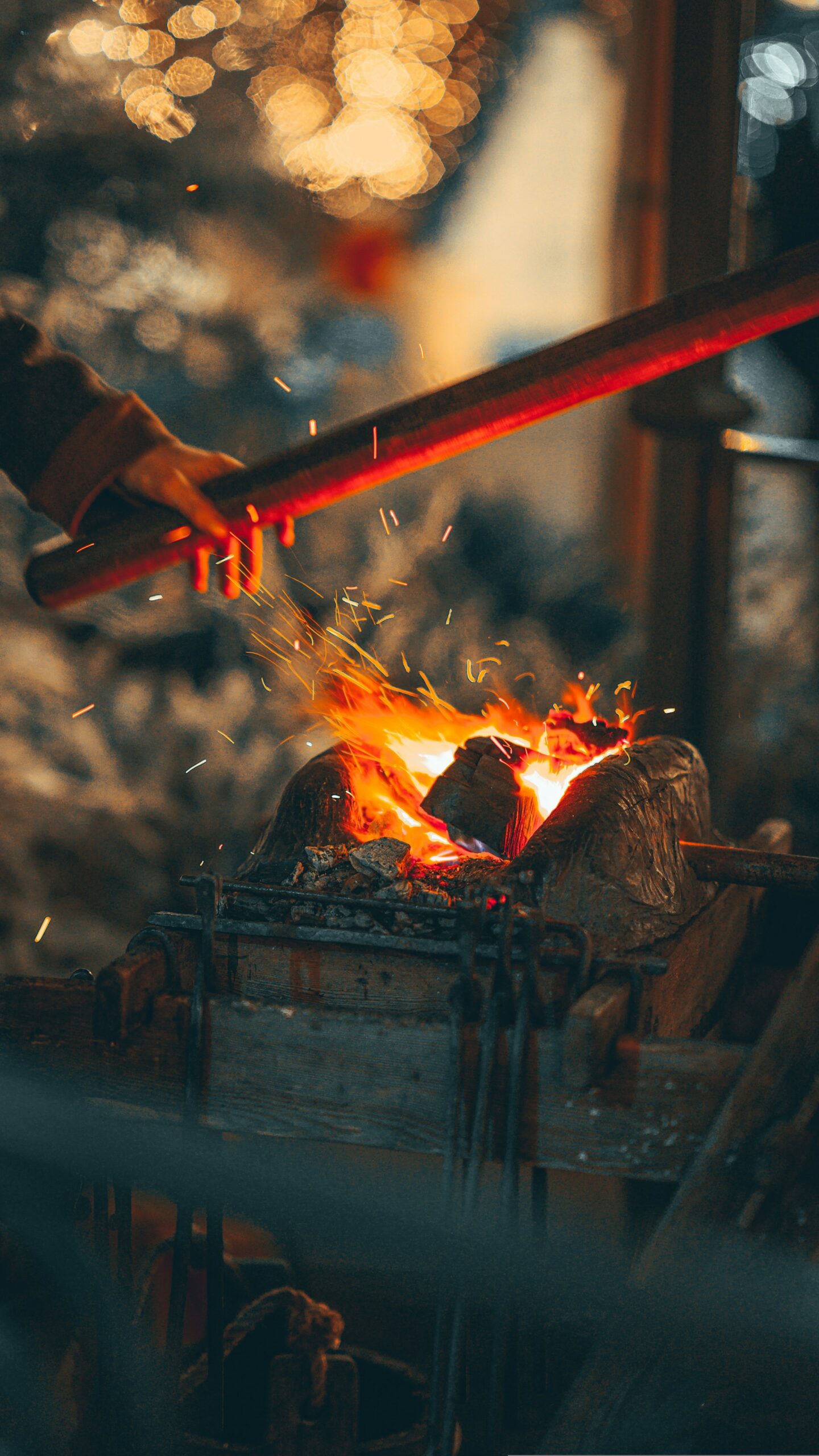The air above the Western Pacific churned as four typhoons carved their paths through populated coasts this month. Waters rose in Valencia and Venice, turning ancient streets into canals. Across the American heartland, tornadoes peeled back roofs and rewrote landscapes, leaving communities to rebuild from bare foundations. Nature, like a master craftsman, worked its reshaping power without consultation or consent.
The ancient art of blacksmithing offers a powerful metaphor for understanding these moments. The same heat that can destroy metal also tempers it, depending on the wisdom and timing of its application. Watching footage of these natural disasters, I recognize a parallel truth: hardship arrives unannounced, yet its pressure carries precise purpose. One phone call, one medical test, one unexpected departure – each bears the potential to either shatter or strengthen, depending on how we meet it.
Among the wreckage of these storms, I witness something that stops me in my tracks: survivors emerge carrying more than just debris. Their faces, though etched with exhaustion, reflect an unexpected clarity – the kind that comes only through enduring what once seemed impossible. Their eyes hold a quiet knowing, like metal that has passed through fire and emerged stronger. This observation stirs a profound realization: what if these precise pressures are exactly what we need to fulfill our future calling?
The evidence whispers through history. Those who endure profound loss often develop an enlarged capacity for empathy. Pain, when properly processed, becomes a credential for helping others through similar valleys. But like metal in a forge, timing matters – attempting to help others while our own wounds are still raw can damage both the helper and those they aim to serve.
Our modern instinct recoils from such costly wisdom. We medicate every discomfort, fill every silence with noise, transform every moment of potential reflection into entertainment. Prayer itself has evolved into a reflexive plea for escape rather than a request for strength to endure. Yet what if we fundamentally misunderstand pain’s purpose? What if each trial is precisely calibrated – like the careful heating and cooling cycles that transform brittle iron into resilient steel?
In the blacksmith’s craft, raw metal enters the forge rigid and resistant. The first heat softens it, makes it malleable. Then comes the shaping – hammer strikes that could either strengthen or shatter, depending on the timing and force applied. Too much heat destroys; too little leaves the metal unchanged. Too heavy a blow breaks; too light makes no impact. The artistry lies not just in the force applied, but in knowing when to strike and when to let the metal rest and cool.
This understanding demands a crucial sequence in our own formation: before reaching out to help others, we must first submit to our own tempering process. Like first responders securing their own oxygen masks before assisting others, we serve best from a position of processed pain rather than open wounds. This isn’t selfishness – it’s the foundation of effective service.
In my own seasons under pressure, I’m learning to ask different questions: “What qualities is this difficulty developing in me? How might these exact circumstances be preparing me for future service?” Each sleepless night becomes practice in sustained focus. Every setback builds problem-solving capacity. Every loss carves deeper channels for compassion. These aren’t just poetic metaphors – they’re practical preparations for whatever calling awaits.
The key lies not in seeking out suffering – life provides plenty without our help – but in approaching inevitable difficulties with purposeful awareness. Rather than thrashing against the heat, we can choose to remain steady under it, understanding that this precise pressure might be essential for our development. This doesn’t mean refusing help when it’s offered. Instead, it means recognizing that sometimes the path through difficulty is actually preparation for our purpose.
In the end, perhaps that’s what maturity looks like: not just enduring hardship, but understanding its role in equipping us for service. Not merely surviving the forge, but emerging as instruments that can help shape others. Not just processing our pain, but allowing it to be transformed into wisdom that lights the way forward. As natural disasters reshape landscapes, so life’s hardships reconstruct our internal terrain – not randomly, but with precise intention, creating people who can endure because they’ve been properly tempered, and who can guide others because they’ve felt the hammer’s weight themselves.

